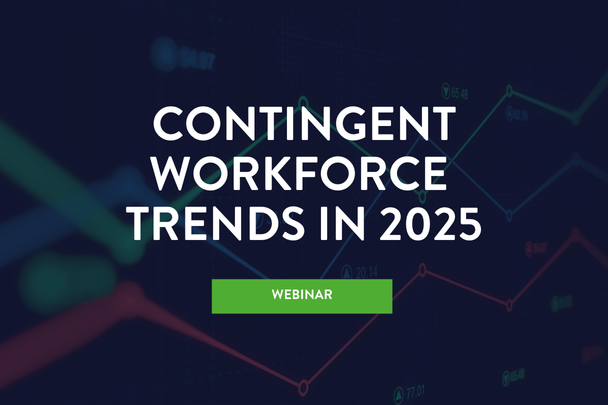Since the devastating impact of COVID-19, we continue to see negative effects on the workforce. As we celebrate Women’s History Month, it feels relevant to point out the women in the workforce statistics that we don’t want to define our future.
Between August and September of last year, National Women’s Law Center analysis reports that 865,000 women left the labor force. 100% of 140,000 jobs shed by the U.S. economy in December can be attributed to women. According to an annual Women in the Workplace study published in September by McKinsey & Co. and Lean In, one in four women are reducing their work hours, moving to part-time or lower-level roles and taking leaves of absence, including women executives at Senior and V.P. levels.
Despite steady strides over the last century, recent women in the workforce statistics demonstrate the particularly painful impact of COVID-19 on female heads of households. In addition to single mothers who are struggling, young people, including women without children are also facing significant set-backs in terms of their careers and financial wellbeing.
Young people are not equipped to build the financial and retirement security that previous generations once did. As a millennial, recession is an all-too-familiar foe. For young women, the chances of “getting ahead,” are a stark contrast to our mindsets about gender roles. And for self-made females like me, today’s “she-cession” places the American dream even further out of reach.
4 Ways We Can Redefine Equity for Women at Work
1. Rules of Wage Determination
Historically, women’s skills are not valued as highly as men’s. Contrary to the popular belief that it’s because women aren’t empowered to ask for money, or that they avoid compensation negotiations because of some other preconceived weakness, a large-scale, national field experiment conducted by the National Bureau of Economic Research indicates that women are just as likely, and often time more likely, to negotiate than men. The only difference is that women prefer to have a defined moment for the discussion. The study shows that when rules of wage determination are clearly defined, there is no difference in the negotiating capabilities of women in comparison to men.
The women in the workforce statistics we are seeing indicate that we must prepare for female talent to return to work. In my opinion, women fully understand their value. So, their success hinges on having the opportunity to express it. Employers who transparently share salary information, as well as what parts of compensation are/aren’t negotiable, can better assure fair compensation for all.
2. Pay Equity
Lack of female leadership not only reduces the bottom line; it also affords business competitors the opportunity to snag superior talent by offering greater opportunities for career advancement to women. For a demographic that was already working double-time to earn and lead Corporate America at the same level as men, the recent data means we could deepen the gender wage gap. But, today’s women in the workforce statistics don’t have to define history. Continued progress means redefining equity.
The full value of women, and their voice within the workforce, cannot be expressed without pay equity. By evaluating every position within your organization and establishing pay rates based off of each level of experience within them, the true value of work to a business can be determined. Sharing pay levels and ranges openly is valuable to women seeking employment. Companies advertising open roles who share salary potential can help to assure women returning to the workforce are met with equitable pay.
3. People Analytics
To fully understand women in the workforce statistics, pay attention to your people analytics and provide opportunities for open feedback. Evaluating exit interview data can reveal patterns you may not otherwise be able to identify. Non-identifying surveys can inform the business what programs would benefit the financial wellbeing and career trajectory of staff.
When evaluating diversity and setting new goals, make sure the data you are collecting fully encompasses the compounding nature of diversity. For example, Black women are more likely to be underrepresented, as they are susceptible to bias related to their identity as females and Black people. By understanding the analytics of your workforce, you can more effectively develop peer-to-peer support, executive sponsorship and career coaching programs to further the potential of underrepresented talent in your workplace.
4. Flexible, Remote & hybrid Work Models
For organizations considering additional compensation factors such as employee benefits, flexible and hybrid work models, it’s more important than ever to consider the big picture. For example, some of the remote work policies being created today offer flexibility in exchange for reduced compensation. However, if it is predominately women who are choosing to work remotely and/or move outside of large cities to improve their quality life, well-intended policies may disproportionately affect women.
Identifying ethical means to accommodate employees fairly, as individuals, is key to growth─ that’s true for businesses and the people supporting them. No doubt, there is a lot we must continue learning as work evolves. With renewed dedication to Corporate Social Responsibility, WE CAN! reverse the cultural and economic impact of COVID-19. Women in the workforce, and those planning to return to it, are counting on the decisions we are making today.
In honor of International Women’s Day, #ChoosetoChallenge these statistics. Together we can #BeBoldforChange and right Women’s History!








